VIEW BY CATEGORY:
Hi, we're Hunter and Sarah, a husband-and-wife, luxury wedding photography team. We’re also educators, helping other photographers build profitable and sustainable photography businesses.
MEET US
LOOKING FOR SOMETHING?
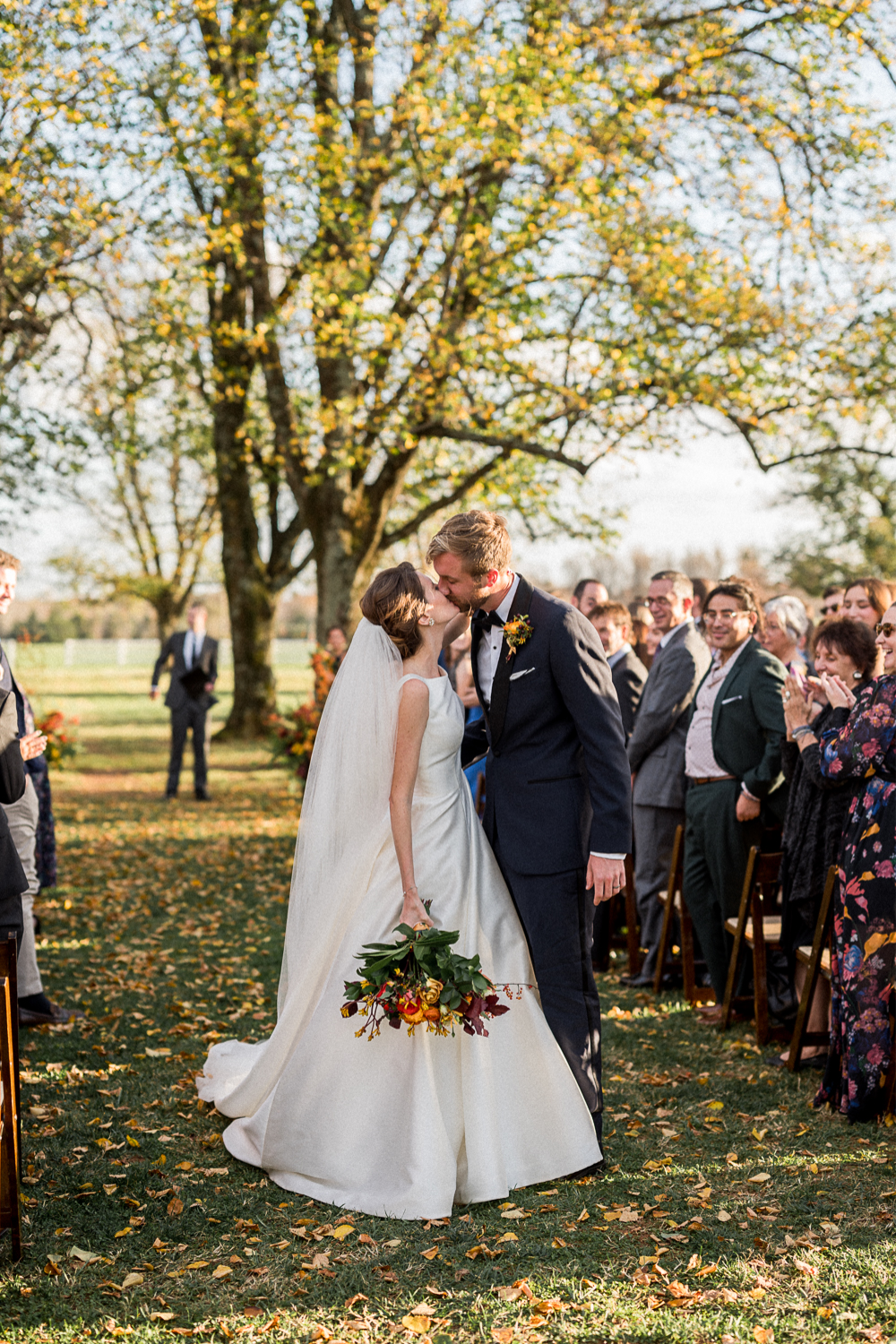
4 Reasons to Switch From DSLR to Mirrorless in 2023
January 19, 2023
—
If you own a DSLR camera from Nikon or Canon or Sony, and haven’t yet switched into the mirrorless world, then this blog is for you! Today we’re sharing our 4 reasons why we believe that photographers of any level can benefit from switching to mirrorless cameras, even if you don’t even own your first camera yet!
A little over a year ago, we re-launched a blog series called “Camera Bag Essentials”, where we broke down exactly what we believe a growing photographer needs to know about camera gear, what we recommend they buy, and in what order they buy it. We kicked that series off with a comparison of DSLR vs. Mirrorless cameras. And even though we posted more than 50 other blogs/videos over the course of the rest of 2022, that video about DSLR vs Mirrorless remains one of our most popular videos of all time, with thousands of views and dozens of comments!
So today, almost exactly a year later, we’re revisiting the question of DSLR vs. Mirrorless, since our attitude has changed a bit more as time has gone on. Rather than telling you the pros and cons of each, today, we’re sharing why we believe any photographer can benefit from making the switch to mirrorless, whether you shoot with Nikon or Canon or anyone else. So let’s jump in!
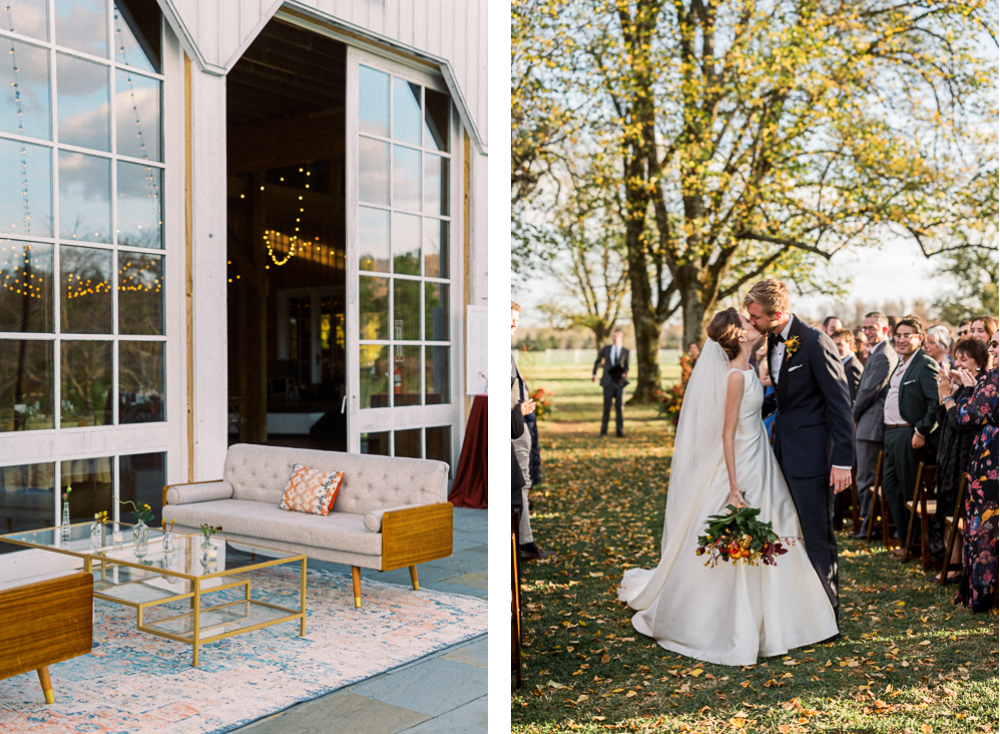
Reason #1: Using mirrorless cameras is easier than DSLR cameras
The very first reason why we believe that both professional photographers and even amateur or aspiring pros should switch to mirrorless is simply because mirrorless cameras are easier to use. And it all really comes down to the “electronic viewfinder” that’s unique to mirrorless cameras. You see, with a traditional DSLR camera or even a film camera, when you look through the viewfinder, you’re seeing the real world. Inside the camera are small mirrors, so as light enters your lens, it’s being reflected by these mirrors and the actual light from the scene in front of you is coming through your viewfinder. So you’re seeing what the world really looks like, no matter how you’ve set your settings on your camera.

On the other hand, mirrorless cameras — as the name implies — don’t have any mirrors. Instead, the light goes directly into an image sensor, and what you see when you look through the viewfinder is an LED screen. So when light comes through the lens, it’s being picked up by the sensor, processed in real time, then displayed on the LED screen. So instead of seeing the real world as it looks to the naked eye, you’re seeing a digital rendering of what your lens is seeing, in real time, and with your camera’s exposure settings already taken into account.
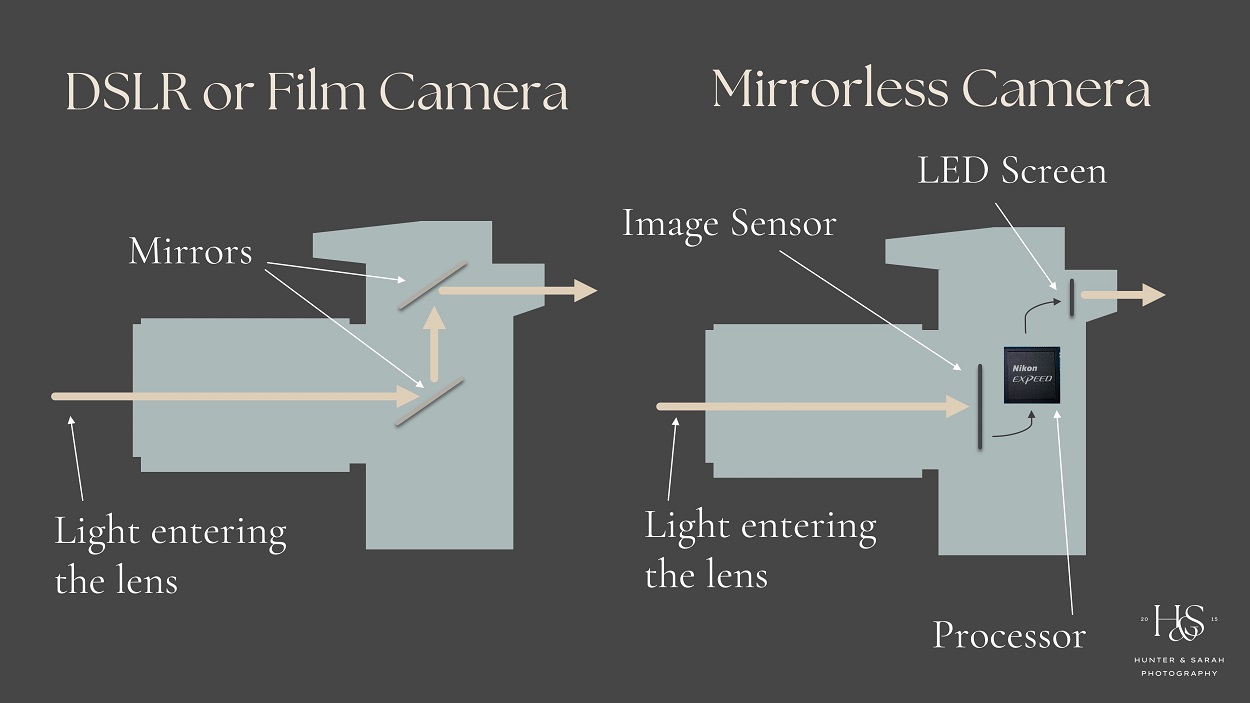
If you’ve ever worked with a DSLR camera, and been frustrated by the fact that you have this vision for a shot and you can see it through your viewfinder, but when you click the shutter, you just can’t seem to capture that vision… then let us be the first to tell you that the day you switch to mirrorless, that problem is OVER! And the reason is, when you look through the viewfinder of a mirrorless camera, and you adjust your aperture or your shutter speed or your ISO, then the camera shows you in real time how that will affect the brightness of your image. Even your white balance settings are reflected in real-time. So if you’ve overexposed or underexposed an image, you know that before you even click the shutter.
This means no more test shots! Back in the day of DSLR, every time we’d move to a new location or lighting situation, we’d have to make an educated guess as to where our settings should be using our camera’s light meter, take a photo, look at the LCD screen, decide if it was too bright or too dark, make adjustments, take another test shot, and repeat until the exposure was correct. But now, we just look at our screen or look through the viewfinder while we hone in on the settings in real time.
This may seem like a minor improvement, but when you’re first learning to shoot in manual, it makes your life SO much easier. Plus, sometimes on a wedding day or during other important events, those few seconds you lose doing test shots can mean missing important moments!

Reason #2: Mirrorless Lenses are Newer (and Better)
The next reason that we think a switch to mirrorless makes sense is because the “Big Three” camera manufacturers — Nikon, Canon and Sony — are done making new lenses for DSLR cameras. So any improvements in lens technology, or new focal lengths that become available, are going to be exclusively for mirrorless photographers. We wrote our first blog addressing this mirrorless vs. DSLR question in August of 2020, about 2.5 years ago. At the time, Nikon had 12 mirrorless lenses for sale on their website. Today, there’s almost 40 mirrorless lenses for sale, with another 8 in production. You know how many DSLR lenses they’ve released in that time? None. Not a single one. And as far as we could tell by our research, Canon and Sony have done the same thing.
The reason for this is that all the major camera manufacturers have decided that mirrorless is the future, and DSLR is going to soon become a thing of the past. None of the Big Three have released a new DSLR camera or lens since 2020, and all of their research and development has been in mirrorless cameras and lenses. And the fruits of this have already been realized! Even though many DSLR lenses are still great pieces of equipment, and can still be used by mirrorless cameras if you have the right adapter, some of the mirrorless-exclusive lenses that these companies have released in the last few years and absolutely incredible. Sarah shoot (almost exclusively) with Nikon’s 50 mm f/1.2 lens, and it is by far the nicest lens we have ever owned. The sharpness, the clarity, the smooth creamy backgrounds — just cannot be beat by any other lenses we’ve used from Nikon.
And sure, if you know Nikon, you might know that until Nikon released this mirrorless f/1.2 lens (for sale at $2,100), their nicest 50 mm lens was this f/1.4 lens that sold for about $500. But that’s the point. When the time came for Nikon to say, “Hey. Our nicest 50 mm prime lens is a mid-level lens and it’s time to make a truly professional version of a 50 mm”, they made it in mirrorless. And from what we hear from our photographer friends who shoot with Canon or Sony lenses, the same thing is happening across the board.
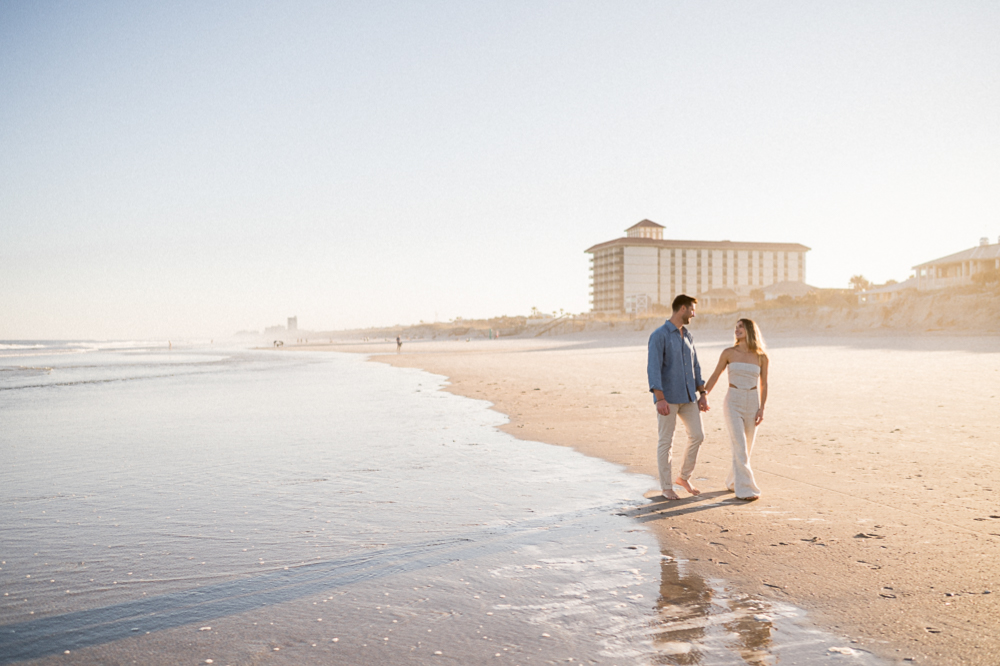
Reason #3: Mirrorless Cameras Smaller, Lighter and Faster
The third reason why we think photographers should switch to mirrorless is because of the performance available with the newer, mirrorless technology. If you’ve ever had a phone or a laptop that you held on to for years and years until you finally just couldn’t handle how slow and inefficient it was, then upgraded to a newer model and were blown away by how much faster it is, then you understand intuitively this thing in the computer science world called “Moore’s Law”.
Basically, every couple of years, computer chips get faster, smaller, and more efficient. That’s why every time Apple releases a new iPhone they can call it their fastest iPhone yet. And it’s also why there have been more than 10 generations of GoPro and iPhone in the last 15 years or so. The computer chips that actually make all technology run get better and better almost every single year. And those same computer chips are used to make digital cameras.
So even if mirrorless cameras had never been invented, a camera released in the last few years (like the Nikon Z6ii or the Canon EOS R6) is going to be faster and have a better image sensor and processor than a camera released almost a decade ago (like the Nikon D750 or the Canon 5D Mk IV). And like we mentioned before, you won’t see any new DSLR cameras coming from these manufacturers anymore, so as camera technology continues to get better each year, 100% of the improvements are going to be in mirrorless cameras, not DSLRs.
Another advantage of these technology upgrades is that you can fit more technology into a smaller camera. So if you have smaller hands like my wife, then holding a mirrorless camera is going to be easier for you than a similar DSLR, which feel bigger and bulkier by comparison.
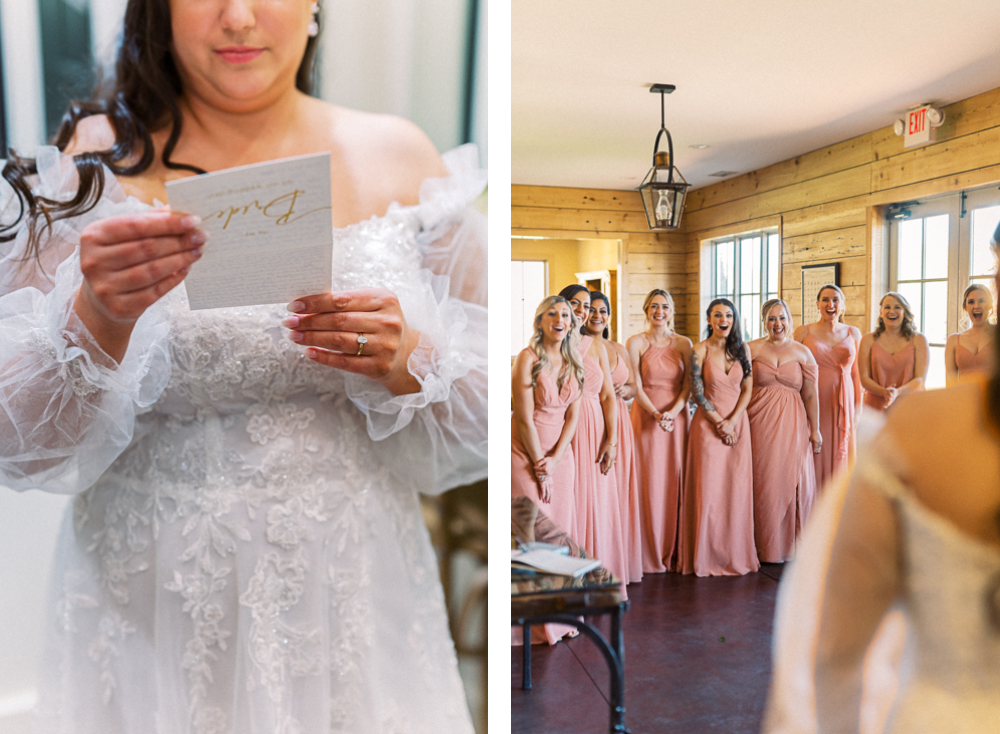
Reason #4: Mirrorless Cameras are As Cheap as DSLRs now!
We mentioned earlier in this post that we first wrote about mirrorless vs DSLR cameras in the summer of 2020. At that time, Nikon and Canon had only launched a small handful of mirrorless cameras, and their main flagship mirrorless cameras, the Nikon Z6 and the Canon EOS R were selling right around $2,200. And once you purchased the necessary memory cards and card-reader, plus the lens adaptor so you could keep using your old lenses, you were likely going to be paying close to $2,500. And at the time, you could pick up a used D750 or 5d Mk IV for under $1,000. So for many newer photographers, switching to mirrorless was prohibitively expensive.
However, if you saw our blog/video, Best Starter Camera for New Photographers from this past fall, you know that nowadays, you can get your hands on full-frame mirrorless cameras brand new for around $1,000! The price on some of the early mirrorless bodies has come down significantly, and even the high-end professional mirrorless cameras are selling at the same or even a lower price as their DSLR equivalents.
And if you haven’t even purchased your first camera yet, there’s good news: the entry-level mirrorless cameras like the Z30 from Nikon and the M50 from Canon are only about $100-$200 more than the most basic DSLR cameras like the Nikon D3400 and the Canon Rebel T7.
And even lenses have started to become more reasonable, especially for entry-level cameras. But if you can’t yet afford the high-quality mirrorless prime or zoom lenses yet, Nikon’s FTZ or Canon’s EF – to – EOS M adapters will let you continue to shoot with the cheaper and more widely-available DSLR lenses on your new mirrorless camera body.
Every other time we’ve written about Mirrorless vs. DSLR cameras, the conclusion has always been something along the lines of, “these are all our reason why mirrorless is better, but because DSLR is so much cheaper, they’re still a better option for people just getting started.” But as the price has come down over recent years, we can finally say it: just switch to mirrorless, and thank us later.
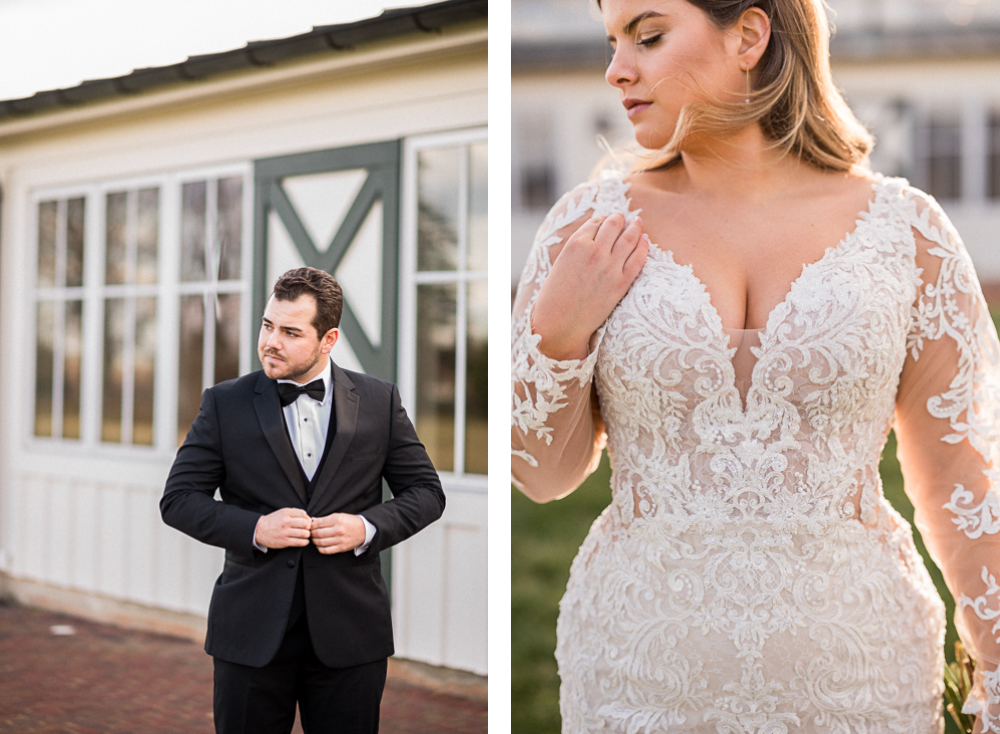
Want More?
Click HERE to get your free copy of our eBook: “5 Essential Tips for Turning your Side-Hustle into a Full-Time Photography Business.” You’ll also be subscribed to our newsletter, so our newest content, weekly encouragement, and exclusive offers will be delivered right to your inbox!
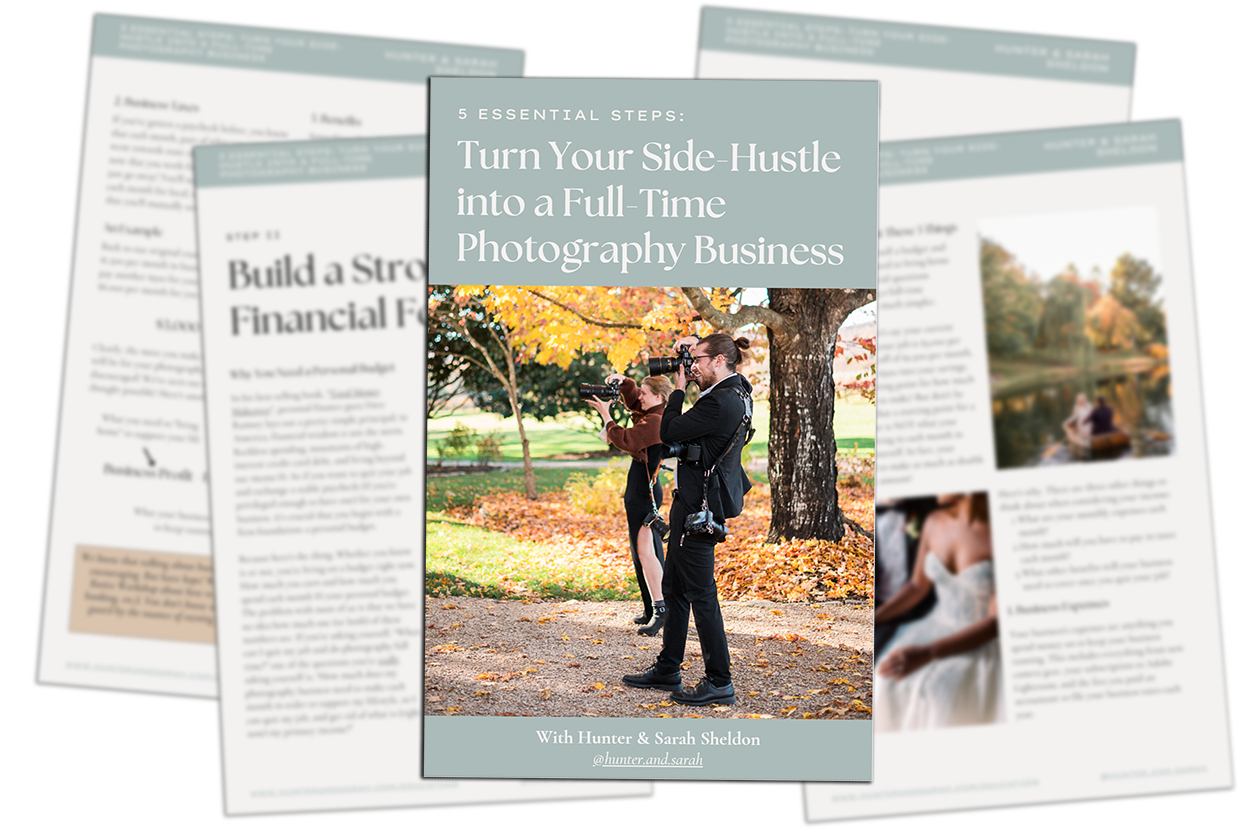
Filed in:
Wedding Photography & Photography Education
Charlottesville, Virginia and Beyond
HOME
ABOUT US
WEDDINGS
JOURNAL
FOR PHOTOGRAPHERS
PRESS & PRAISE
BLOG
CONTACT
e. hunter@hunterandsarahphotography.com
p. (434) 260-0902
